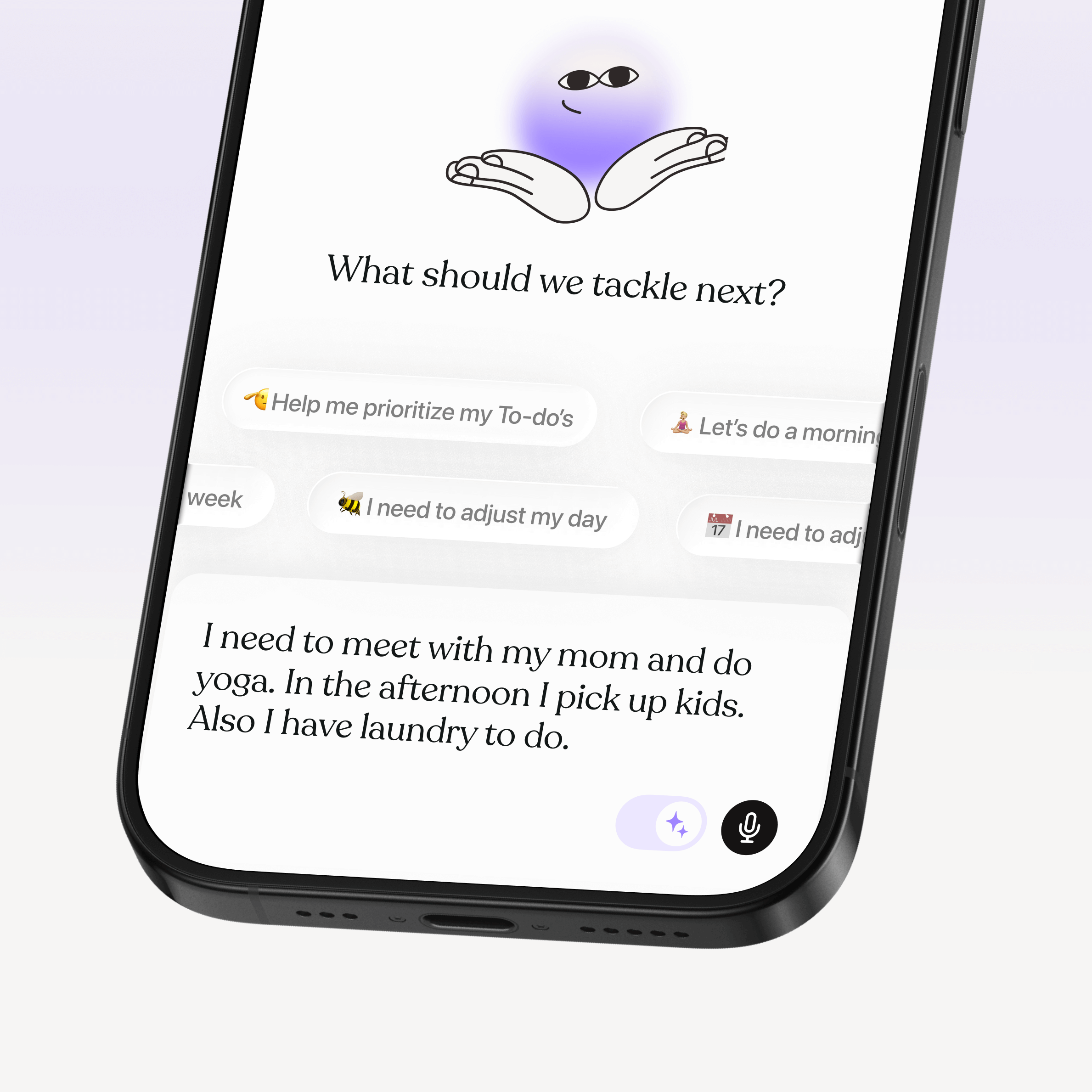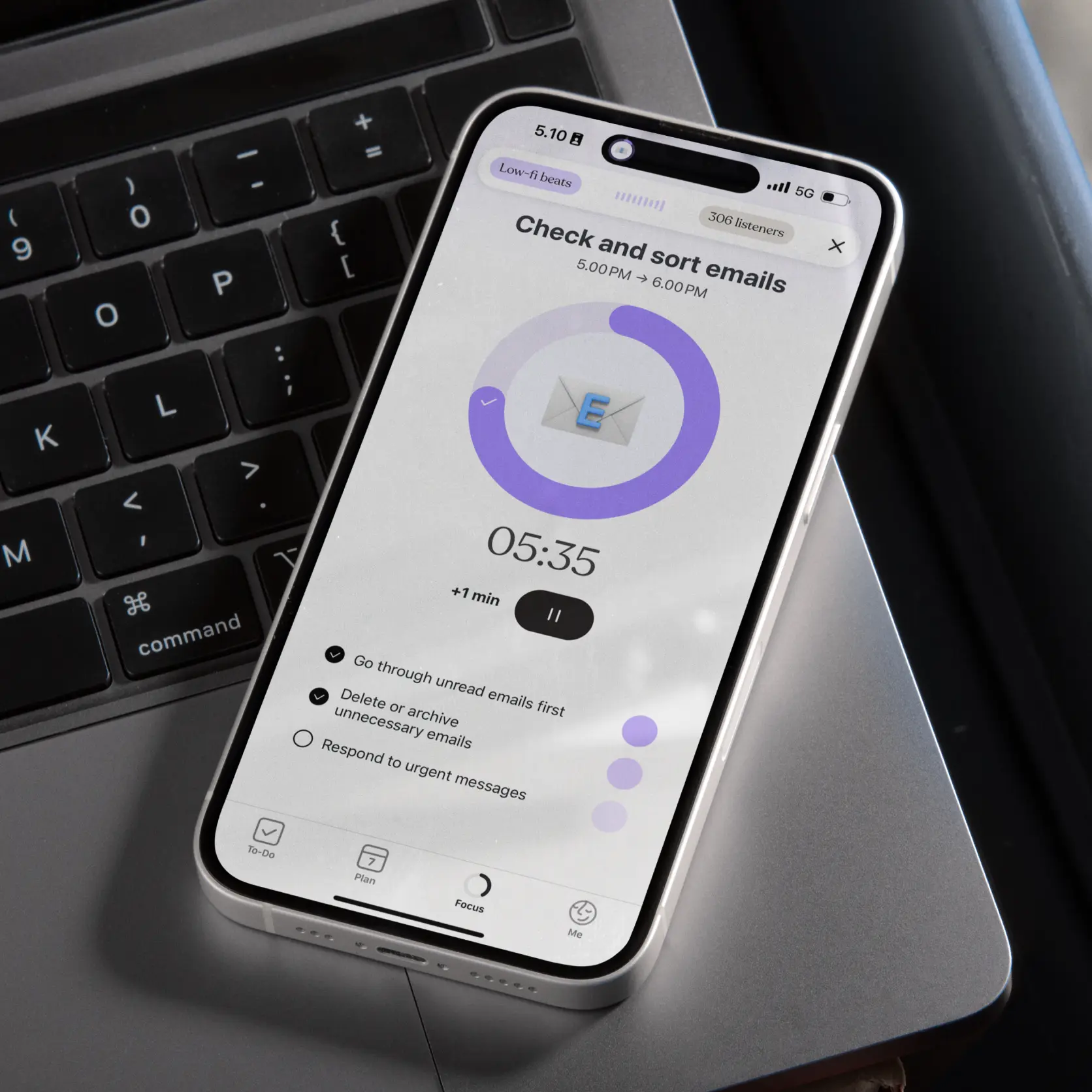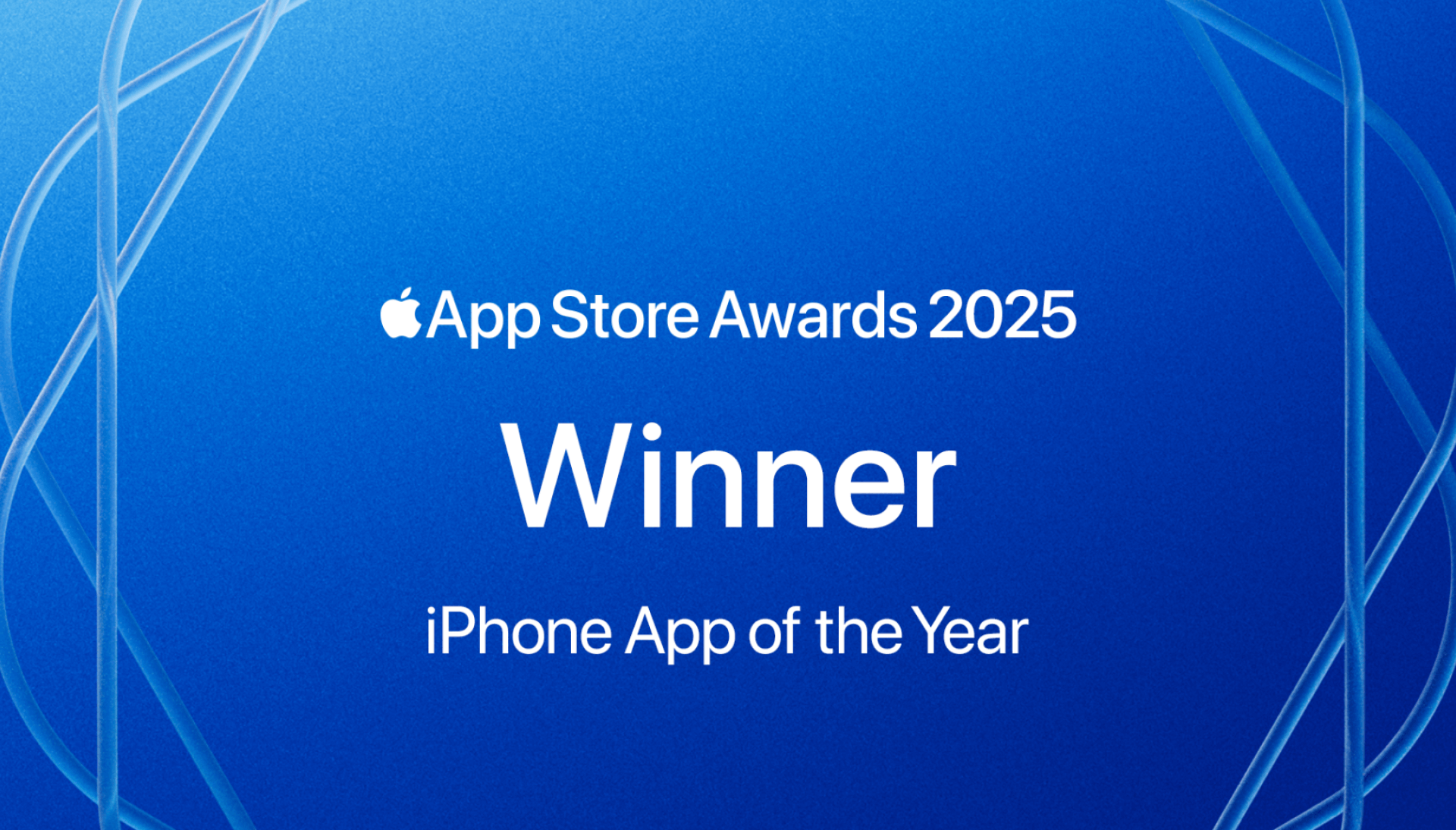Visual thinking in an auditory world
Autistic people often process information differently, not just in terms of content, but in how our brains register, sort, and respond to information. Visual thinkers may be especially impacted by environments that prioritize auditory learning or fast-paced verbal communication.
This connects closely to sensory processing differences that many Autistic people experience:
- Auditory processing differences: Spoken information can be hard to interpret even when it's heard clearly, like trying to understand someone speaking underwater.
- Sensory processing differences: Sound, light, or movement may be overwhelming, making it difficult to focus on verbal instructions when your brain is busy managing sensory input. Additionally, difficulty recognizing internal body signals like hunger, thirst, or fatigue can make it harder to focus on external information when your basic needs aren't being met.
- Slower verbal processing: Understanding spoken language takes more time or cognitive energy, especially in noisy or distracting environments.
How visual thinking pairs with other Autistic traits
Visual thinking rarely exists in isolation. It often weaves together with other common Autistic cognitive patterns in ways that can be both incredibly useful and occasionally challenging.
Detail-oriented perception
Many Autistic visual thinkers have an almost supernatural ability to notice visual inconsistencies, patterns, or changes that others walk right past. This can make them exceptional at quality control, design work, or any field requiring careful visual analysis. On the flip side, it might mean getting completely absorbed by a fascinating visual detail that seems trivial to everyone else in the room.
Systematic processing
Visual thinkers who also tend toward systematic processing often create impressively detailed visual organizational systems or instantly understand how complex visual information fits together. They're the people who can glance at a complicated floor plan or technical diagram and immediately see all the relationships and dependencies. However, they might feel genuinely lost when visual information is presented in chaotic or constantly shifting ways.
Pattern recognition
This common Autistic tendency becomes almost supercharged when combined with visual thinking. These individuals might spot visual patterns everywhere, from subtle trends in data visualizations to recurring elements in architectural styles, often making connections that surprise and delight others. The same pattern-seeking brain that makes this possible, though, might struggle to focus when visual environments are unpredictable or lack clear organizational structure.
Understanding how these cognitive patterns interact helps explain why visual thinking can feel like both a superpower and a vulnerability, depending on whether your environment supports or conflicts with how your brain naturally processes information.
Visual thinking goes way beyond pictures
Visual thinking goes far beyond just liking images or being a "visual learner." It involves the full spatial and visual field: how we relate ideas to one another, how we mentally map environments or timelines, and how we make sense of abstract or complex concepts.
Many visual thinkers intuitively understand concepts like proximity (how ideas relate to each other), salience (what stands out as important), and sequencing (what comes before or after) by arranging them mentally in space. This spatial organization can be especially helpful when dealing with overwhelm from long lists or unclear instructions, ambiguity in verbal communication, or planning steps in a nonlinear project.
Visual thinking offers a structure for making the abstract feel concrete, like building a mental filing system where you can see where everything belongs.
How to explore your own thinking style
Understanding your thinking style requires paying attention to patterns in how you naturally process and organize information. Not everyone fits neatly into one category, and many people use different thinking styles depending on the situation, but most people have a dominant preference that feels most natural and effortless.
Notice your internal experience
When you're trying to remember something important, what happens in your mind?
- Visual thinkers might see images, scenes, or spatial arrangements
- Verbal thinkers often hear words or have internal conversations
- Kinesthetic thinkers might feel physical sensations or remember the movements associated with the memory
- Musical thinkers might recall rhythms or sounds connected to the information
Observe your problem-solving approach
When you're trying to figure something out, what's your natural first step?
- Do you instinctively draw diagrams, make lists, talk through options out loud, or need to move around while thinking?
- Do you prefer breaking problems into logical steps, or do you see the whole solution at once?
- Do you need to understand the big picture before diving into details, or do you build understanding piece by piece?
Pay attention to your learning preferences
Think about times when you've successfully learned something new or understood a complex concept. What format helped you the most?
- Visual demonstrations and diagrams
- Detailed verbal explanations and discussions
- Hands-on practice and experimentation
- Reading written materials at your own pace
- Examples and stories that you could relate to your own experience
Notice your communication style
How do you naturally explain ideas to others?
- Do you find yourself drawing pictures or gesturing with your hands?
- Do you tell stories or use analogies to make your point?
- Do you prefer to write things down first, or do you think better while talking?
- Do you organize your thoughts linearly, or do you jump around between related concepts?
Identify your stress patterns
When you're overwhelmed or confused, what kinds of input make things worse versus better?
- Some people feel more confused when there's too much visual information, while others feel lost when there's only verbal instruction
- Some people need complete quiet to think, while others need background noise or movement
- Some people need time to process internally, while others need to talk it out immediately
Consider your work and hobby preferences
What kinds of activities feel naturally engaging versus draining?
- Visual thinkers might gravitate toward design, art, engineering, or organizing systems
- Verbal thinkers might enjoy writing, teaching, debate, or storytelling
- Kinesthetic thinkers often prefer hands-on work, sports, crafts, or building things
- Musical thinkers might be drawn to rhythm-based activities, sound-related work, or pattern recognition
Supporting yourself as an Autistic visual thinker
If you've identified that you're primarily a visual thinker, there are specific strategies that can reduce daily stress and help you work with your brain's natural preferences rather than against them.
Create visual external systems
Since visual thinkers often struggle with purely mental organization, externalizing your thinking can be incredibly helpful. Use color-coded calendars where different colors represent different types of activities or energy levels. Create visual to-do lists with icons or symbols that help you quickly identify task types. Make flow charts for complex processes like morning routines or work projects. Use mind maps to organize related ideas and see connections between concepts.
Apps like Tiimo are specifically designed for visual thinkers who need this kind of external structure. With features like color-coded timelines, customizable icons for different activities, and visual countdowns that show you exactly how much time is left, Tiimo translates abstract time management into something you can see and interact with. Instead of trying to keep track of everything mentally, you can rely on visual cues that work with your brain's natural preferences.
Advocate for visual communication
In work or educational settings, ask for information to be provided visually when possible. Request written instructions alongside verbal ones, ask for examples or demonstrations of new concepts, and suggest using whiteboards or shared screens during meetings. When giving input, offer to create visual summaries or diagrams that can help others understand your perspective. Frame these requests as accessibility needs rather than preferences; visual processing differences are legitimate neurological variations that deserve accommodation.
Design your environment visually
Organize your physical space in ways that support your visual processing. Use clear containers so you can see what's inside, create visual cues for important items or areas, and minimize visual clutter that might be distracting. Consider using visual schedules or reminders posted in places where you'll naturally see them.
Plan for overwhelm
Create visual calm-down strategies for when auditory or social input becomes too much. This might include having a quiet space with preferred visual elements, using noise-canceling headphones in visually calming environments, or having visual grounding techniques like focusing on specific patterns or textures.
Your thinking style is exactly right
Thinking visually is a valid and powerful cognitive style, especially for many Autistic adults. When we recognize that not all brains process information the same way, we make space for tools, systems, and environments that actually work for us rather than forcing ourselves into ill-fitting molds.
If you're a visual thinker, or suspect you might be, try leaning into that cognitive style. Look for ways to externalize your thinking through diagrams, color-coding, or visual organization systems. Use visuals to support memory, focus, and transitions. And give yourself permission to move through the world in the way your brain was built to navigate it.
What you're really working toward is reducing the friction that comes from living in a world designed primarily for verbal, linear processing. By understanding your visual processing style and advocating for accommodations that support it, you're not asking for special treatment, you're creating the conditions your brain needs to function at its best.










